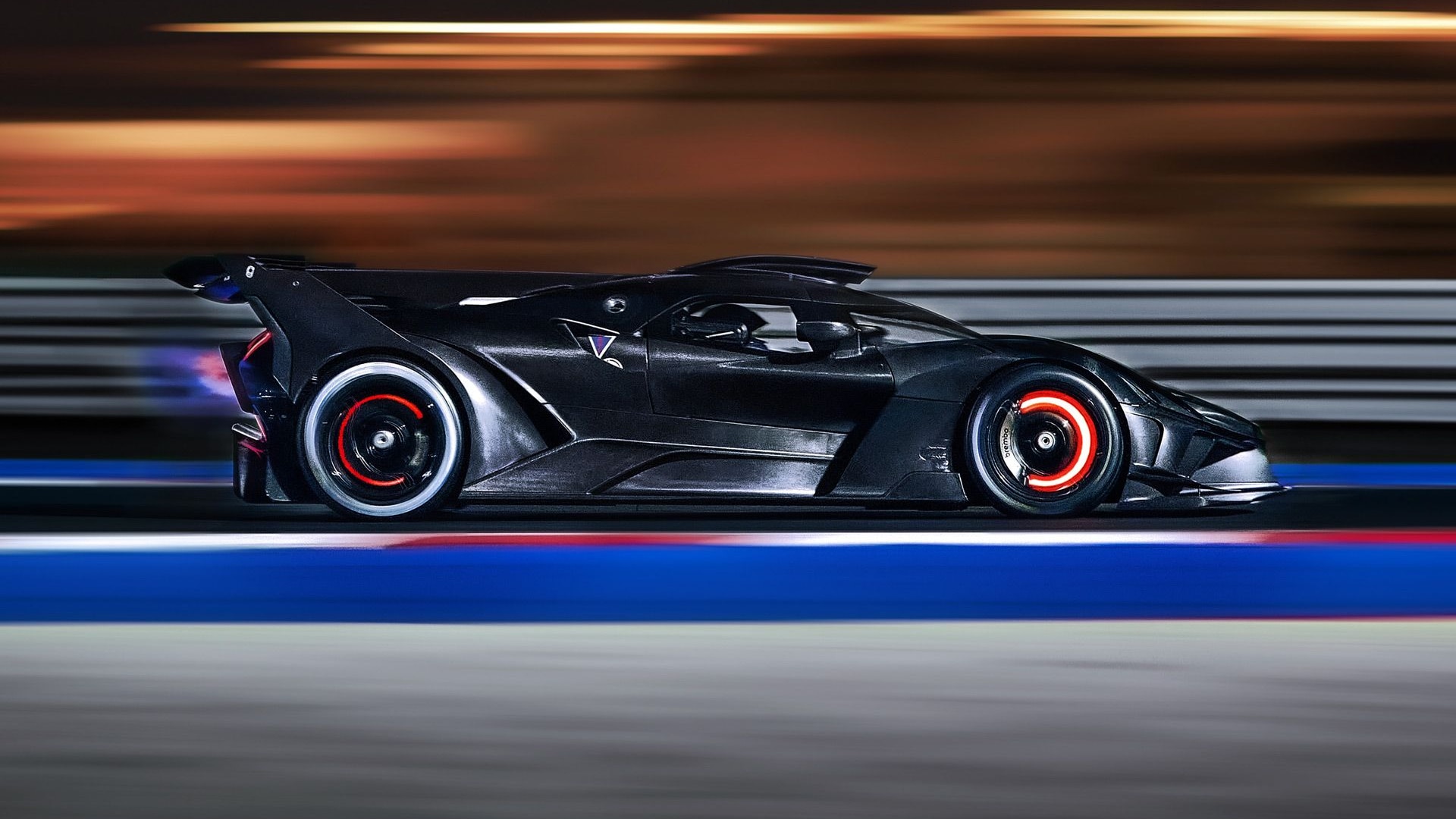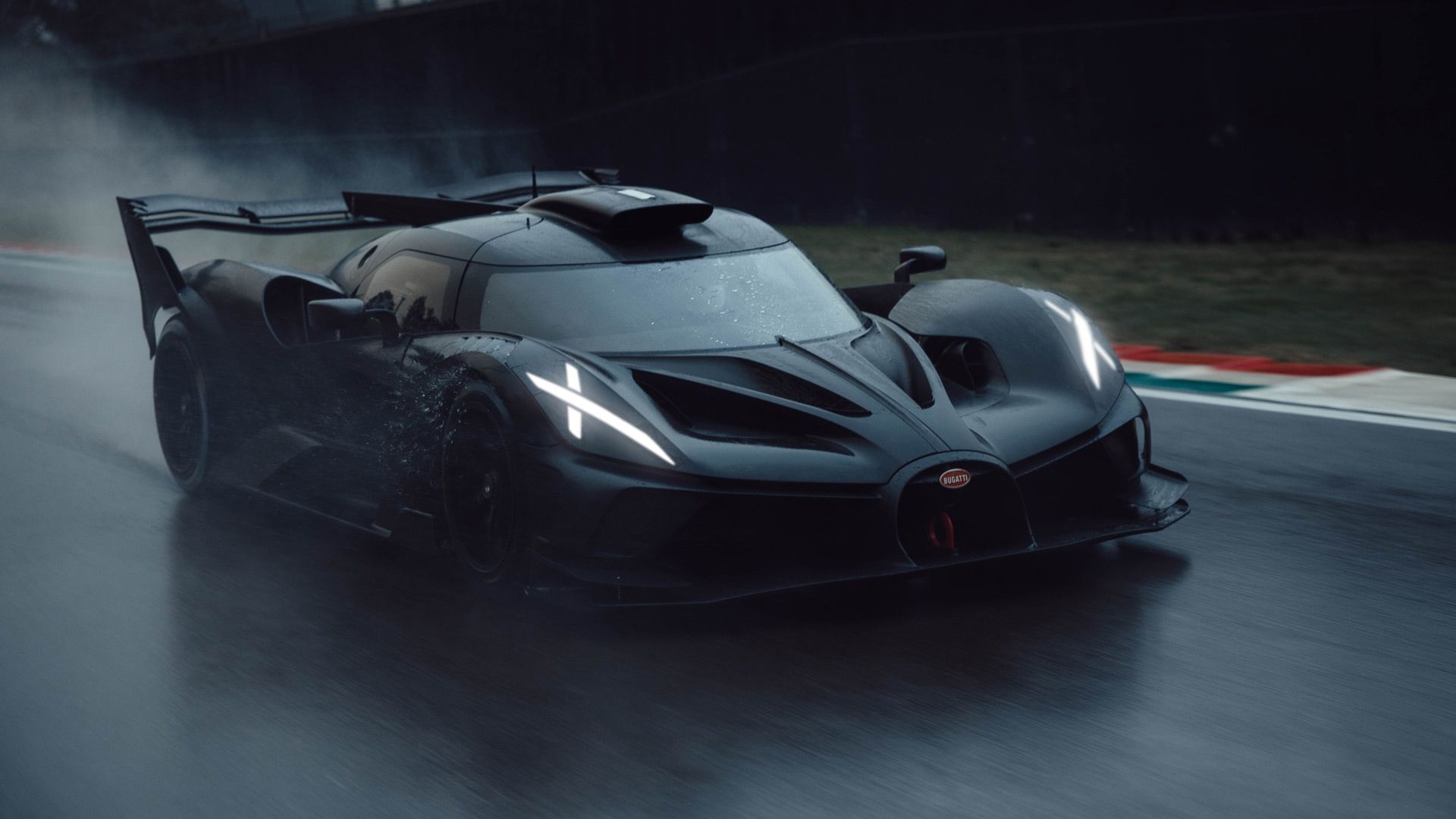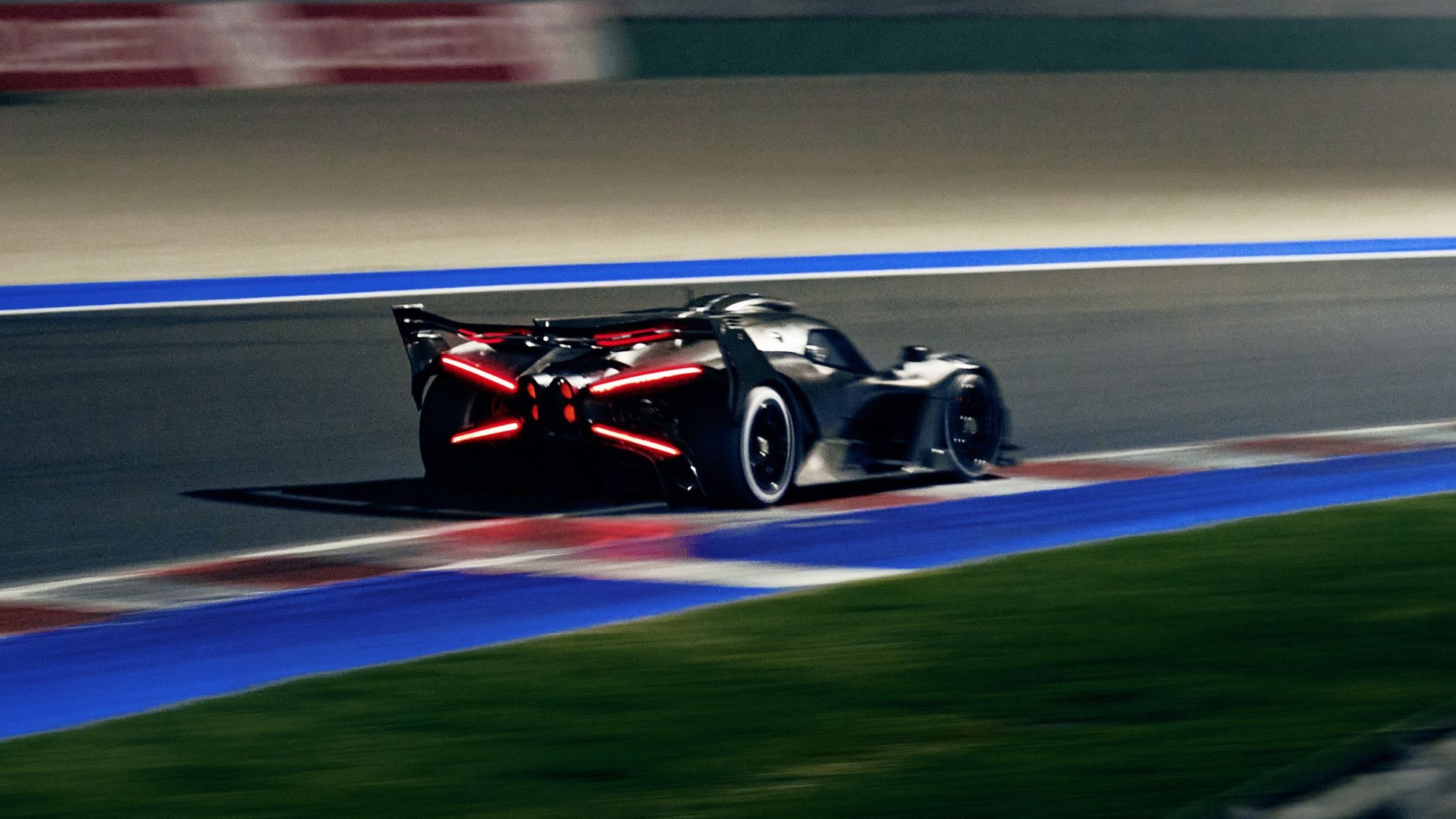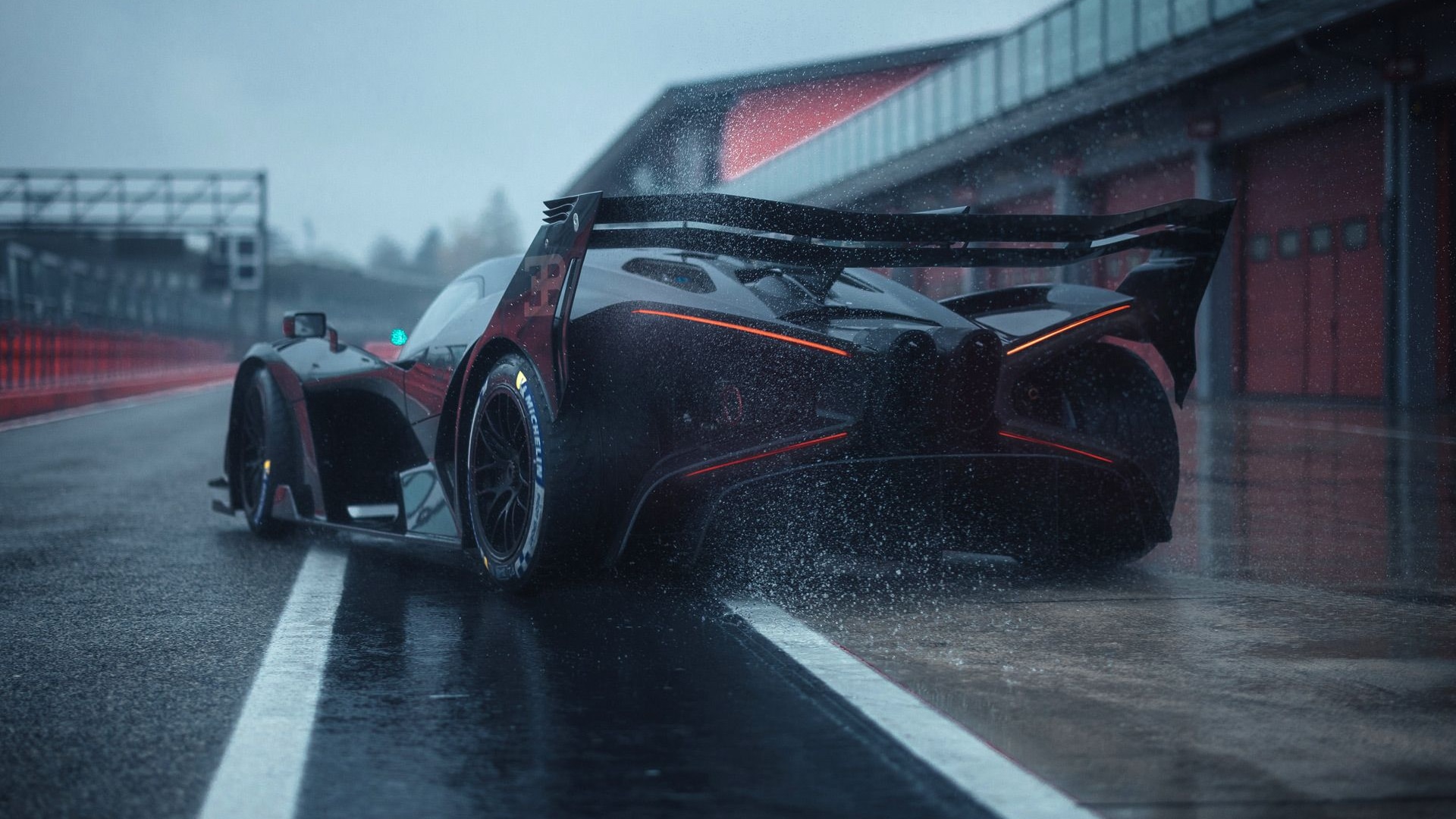Bugatti is the final stages of development for its Bolide track car, which is due to start deliveries later this year.
The car is the production version of the Bolide concept first shown in 2020, and remarkably the design is very close to the original concept, which was never actually intended for production. It was the result of a challenge put forward by then-Bugatti chief Stephan Winkelmann to his team to imagine a Bugatti developed without restraint.
That best describes the production version as well, as the Bolide features elements not seen on any other car, an example of which is Brembo's biggest carbon-carbon brake system yet.
Carbon-carbon brakes are used in Formula 1 cars and top-level endurance racers, and are very different than carbon-ceramic brakes found on many high-performance cars today. One of the first applications was the brake system for the Concorde supersonic jet.

Bugatti Bolide's Brembo brake package
As the name implies, carbon-carbon brakes feature rotors made from carbon-fiber-reinforced carbon. The material is designed to handle high heat and is the stuff that was used on the nose cone and wings of the Space Shuttle to prevent it from burning up upon reentry to the Earth's atmosphere.
Brembo spent around two years developing the brake system for the Bolide. The resulting design consists of two 8-piston monobloc calipers machined from aluminum and coated in nickel up front, both equipped with high-performance pads and carbon rotors measuring more than 15 inches across. Similar size rotors feature at the rear, clamped down by 6-piston calipers.
Thanks to the carbon construction, each rotor weighs just seven pounds, while delivering ideal heat dissipation even when driving at the limit, meaning no brake fade on long track days.
Air flow was also an important factor in achieving the performance targets for the brakes. In this regard, Brembo engineers worked closely with Bugatti's design team to arrive at a specific design for the brake air ducts. The targets included directing up to 90% of the air exiting the ducts to the rotors and pads, and the remainder to the calipers.
The brakes aren't simply overkill. They are needed to handle the extreme performance of the car's powertrain. The Bolide uses Bugatti's familiar quad-turbocharged 8.0-liter W-16, but here the engine is tuned to deliver 1,578 hp on 98-octane fuel. It can also run on 110-octane racing fuel, which ups the output to 1,824 hp.
As the car is designed for track use, all four turbochargers are always in operation, and the engine has also been tuned to rev higher than in road-going Bugattis. The engine also gets mated to an upgraded version of the 7-speed dual-clutch automatic found in the road cars. As always, power goes to all four wheels.
The dry weight for the Bolide is a little under 3,200 pounds, and performance should be on par with top motorsports levels, according to Bugatti.
Bugatti will build a total 40 examples and all build slots are gone, despite the price of 4 million euros (approximately $4.3 million). The Bolide together with the Mistral roadster are the last cars to feature Bugatti's W-16 engine. Bugatti plans to show the Chiron's successor this year, a car that will introduce a new hybrid powertrain.






